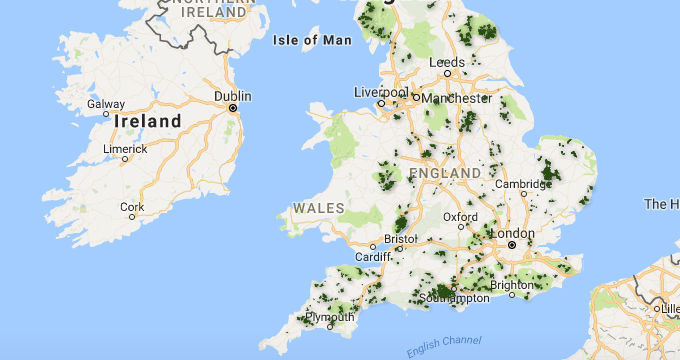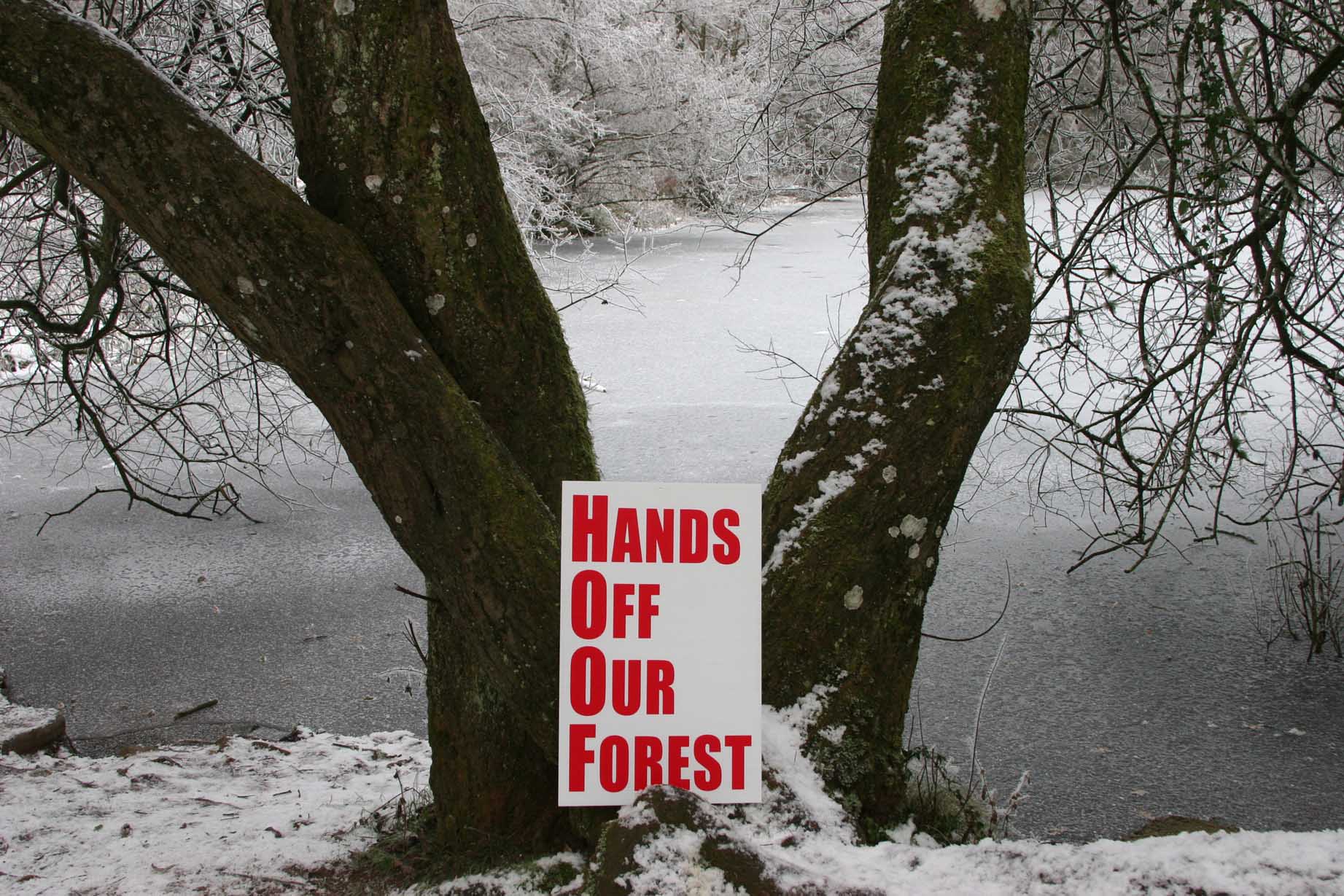Image: 38 Degrees Forest of Dean Flickr account, Creative Commons licence.
Though the bulk of England remains in private hands, it’s quite heartwarming to know that two of the largest institutional landowners in the UK today are the Forestry Commission (FC) and the Royal Society for the Protection of Birds (RSPB).
The FC are, in fact, the largest landowner in Britain, owning a whopping 2.2 million acres across the United Kingdom. Formed in 1919 to combat a chronic timber shortage induced by centuries of deforestation and brought to a crisis by World War One, the Forestry Commission has helped UK forest area expand from a mere 5% at the start of the 20th century to around 13% today (though the FC owns only a fraction of that).
The Commission has in the past been rightly criticised for its over-reliance on pine monoculture plantations, turning some landscapes (notably parts of Wales) into ‘green deserts’ devoid of native wildlife. Fortunately, the FC has changed its ways in recent decades, doing more to plant broadleaf woods, as well as opening up forests to public access. But the publicly-owned forest estate has also come under attack from free-market politicians, with privatisation of the FC mooted twice by Conservative governments in the Eighties and, notoriously, by Environment Secretary Caroline Spelman in 2011, whose plan to sell off the forests was met with huge protests. It seems that when Middle England is asked the question, ‘whose forests?’, the answer comes back loudly: ‘our forests!’.
Update, 6th Sept 2016: It’s been pointed out by Forest Policy Group (@forest_policy) that in legal terms, the FC are simply managers of their estate; the owner of the Forestry Commission’s English estate is in fact the Secretary of State for the Environment, as set out in the Forestry Act 1967. Andy Wightman has a useful explanatory blog about this here. Thanks for clarifying this!
With the Commission continuing to be in public ownership, it’s also happy to make its landholding data public. I’ve made a Google fusion table map of the Forestry Commission’s English land here.

Screengrab of fusion table map (WordPress won’t let me embed fusion table maps, annoyingly). Contains Forestry Commission information licensed under the Open Government Licence v3.0. Data available to download here (including data for Scottish landholdings). Natural Resources Wales has data on the Welsh publicly-owned forest estate.
Land for birds
The RSPB, meanwhile, own bird reserves totalling around 320,000 acres across the UK.
The RSPB is very open with its data, stating that it “believes that the only limits to the free provision of data should be where this may cause harm to the species or sites in question.”
The Google map below shows you the RSPB’s current reserves in England and Wales:
Source: available for download (together with data for their Scottish reserves) from the RSPB website here.
It’s worth comparing the openness of these guardians of the nation’s forests and birds to the secrecy of some of England’s large landowners. Public ownership is part of the reason, but not wholly: the MOD, for instance, is a public body, yet incredibly secretive; the RSPB is a charity, yet very open. A sense of public accountability and a belief in the value of Open Data are also, therefore, key. But how many aristocratic landlords and corporate landowners feel such obligations?

What about The Woodland Trust?
LikeLike
Good question Shelby! I know they own about 60,000 acres. I’ll try to request maps. Thanks!
LikeLike
Guy,
The Woodland Trust properties can be found on MAGIC.
Iain Clark
LikeLike
Thanks Iain! Looks possible to request it from Woodland Trust, at any rate. I’ll try the contact email. Best wishes
LikeLike
Not all land owned by charities is publicly acknowledged. The RSPB, for example, has owned a plot of woodland of about 80 acres outside Crowborough, in East Sussex for over 2 years now, but there’s still no mention of it in the most obvious information platforms.
LikeLike